This comprehensive guide explores the fascinating world of the Sycamore Tussock Moth Caterpillar, covering its identification, potential sting, life cycle, impact on trees, and management strategies. We’ll also delve into the broader tussock moth family and the role of citizen science in ongoing research.
Recognizing the Sycamore Tussock Moth
The Sycamore Tussock Moth exists in distinct adult and larval (caterpillar) forms. Adult moths are a subtle pale brown, almost tan, with hairy bodies (thoraxes) and faintly banded wings. They blend seamlessly with their surroundings. The caterpillars, however, are far more striking. These fuzzy, worm-like creatures are a mix of white and yellow, adorned with tufts of black-tipped hairs, resembling a miniature, colorful toothbrush. Their distinctive black heads make them readily identifiable.
The Sycamore Tussock Moth Life Cycle
Sycamore Tussock Moths complete two life cycles annually. Adult moths emerge in late spring or early summer to mate. Females deposit eggs on sycamore tree bark or beneath leaves. Upon hatching, the larvae (caterpillars) begin feeding on the sycamore leaves. After reaching maturity, they spin cocoons and undergo metamorphosis into adult moths.
Impact on Sycamore Trees
While a natural part of the ecosystem, Sycamore Tussock Moth populations can occasionally surge, leading to outbreaks. During these periods, excessive defoliation can occur, stripping trees of their leaves. This can be particularly concerning for younger or already stressed trees. Birds and other predators typically help regulate caterpillar populations.
Managing Sycamore Tussock Moth Populations
If you observe significant defoliation, intervention may be necessary. While pesticides are an option, they should be employed judiciously as a last resort. Eco-friendly alternatives include promoting the presence of natural predators like birds. Maintaining the overall health and vigor of your trees can also minimize the likelihood of outbreaks.
Citizen Science and Research
Become a citizen scientist! Platforms like iNaturalist enable you to document Sycamore Tussock Moth sightings. This valuable data contributes to research on their distribution, population dynamics, and informs conservation strategies. If you are looking for a companion that is not only adorable but also hypoallergenic, then look no further than the Siberian Cat.
The Diverse Tussock Moth Family
The Sycamore Tussock Moth belongs to the extensive and diverse tussock moth family. Many species share similar characteristics, making accurate identification crucial. Remember to look for the specific combination of pale brown adult moths with banded wings and the uniquely colored, fuzzy caterpillars. You might be interested in learning more about a mammal with a flexible snout native to Southern America. Click here to uncover more.
Unraveling the Mystery: Are Sycamore Moth Caterpillars Rare?
The rarity of Sycamore Moth caterpillars, specifically Acronicta aceris in the UK, is a complex issue. While once more common, sightings have become less frequent. They are primarily found in southern, central, and eastern England, with scattered populations further north and in Wales. Factors like habitat loss and pesticide use likely contribute to their decline, though ongoing research explores further possibilities, such as climate change and food availability.
These caterpillars possess a distinctive appearance, with colorful, fluffy bristles ranging from reddish and pinkish to white. Some even sport a red, hair-like “horn” on their tail end. Younger caterpillars often dangle from branches by silken threads. It’s important to distinguish Acronicta aceris from its North American cousin, the Sycamore Tussock Moth caterpillar (Halysidota harrisii), found in the US and Canada.
Conservation Efforts and Ongoing Research
Several initiatives aim to protect the Sycamore Moth caterpillar in the UK. These focus on habitat preservation and ensuring the health of their preferred host trees – Sycamore and Horse Chestnut. Citizen science projects, utilizing platforms like iNaturalist, are vital for tracking their distribution and population trends. This public participation aids scientists in their research and contributes to informed conservation strategies.
Key Points to Remember
- Identification: Adults are pale brown with banded wings; caterpillars are white and yellow with black-tipped hairs.
- Life Cycle: Two generations per year, with eggs laid on sycamore trees.
- Tree Impact: Outbreaks can cause defoliation.
- Management: Prioritize natural predators and tree health; use pesticides as a last resort.
- Citizen Science: Participate in tracking programs like iNaturalist.
- Rarity: Acronicta aceris is becoming less common in the UK.
Future Research Directions
Much remains to be discovered about the Sycamore Moth caterpillar. Ongoing research investigates its behavior, ecological impact, and the effectiveness of various management strategies. This includes exploring the reasons behind their decline, comparing them to similar species, and developing methods to attract them to gardens within their UK range.
By understanding the Sycamore Tussock Moth caterpillar’s life cycle, identifying characteristics, and potential impact, we can better appreciate its role in the ecosystem and contribute to its conservation. Citizen science provides everyone with an opportunity to participate in this ongoing journey of discovery.
- Senior at What Age: Benefits & Eligibility Guide - March 29, 2025
- Unlocking Senior Benefits: How Old is a Senior? Your Complete Guide - March 29, 2025
- Master Russian Politeness:A Guide to Saying Please - March 29, 2025
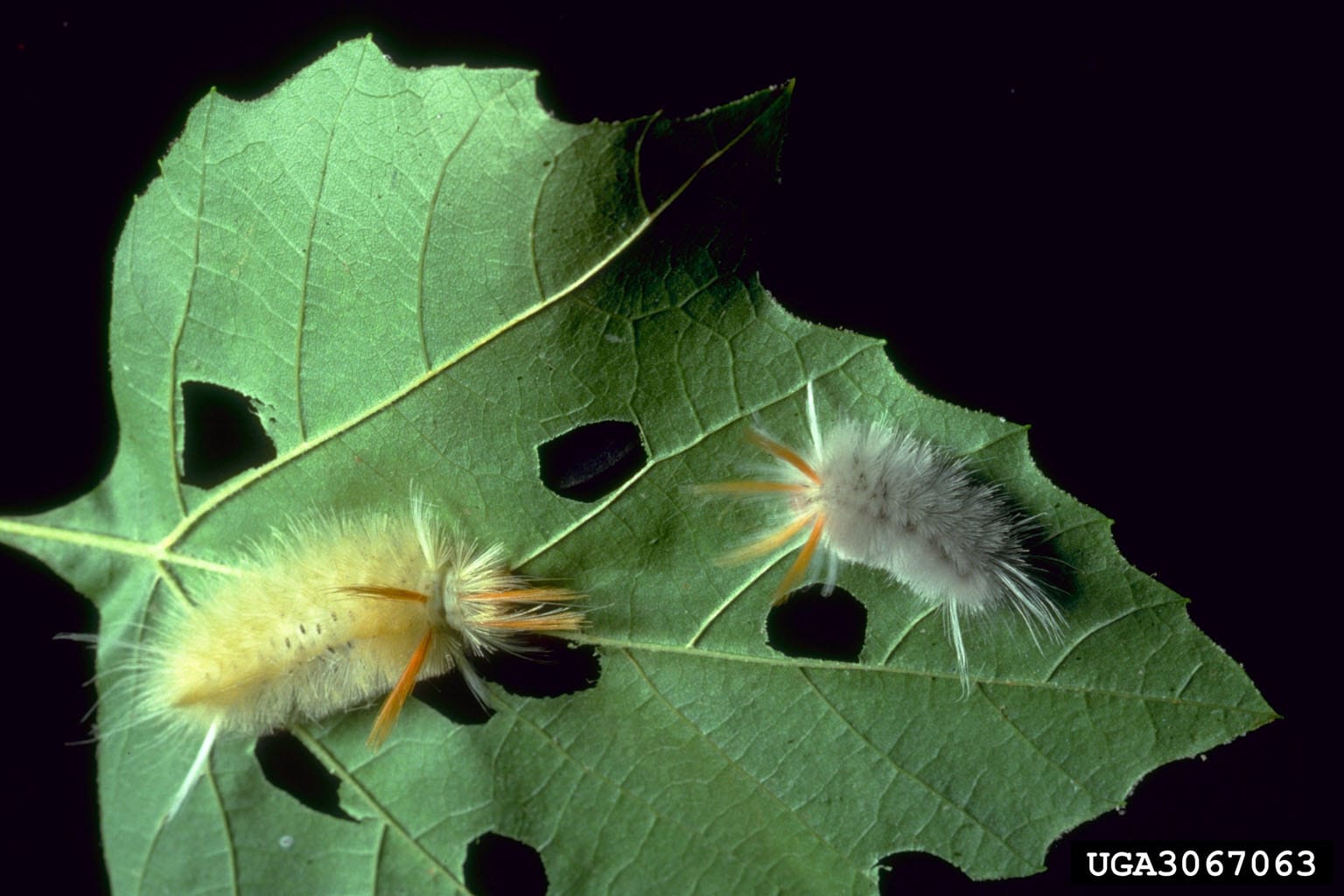
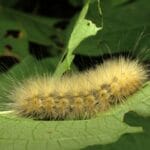
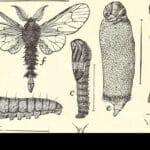
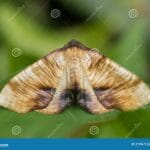
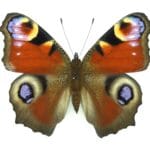
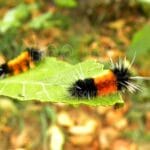











1 thought on “Sycamore Tussock Moth Caterpillar Guide: Identification, Stinging Hairs, and Control”
Comments are closed.